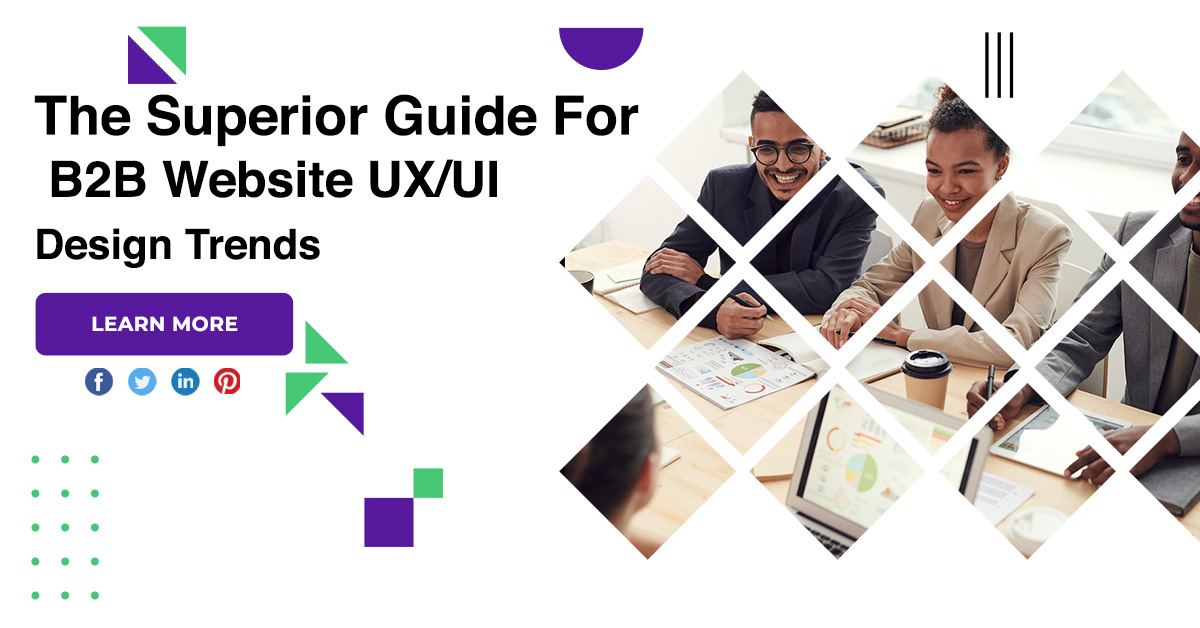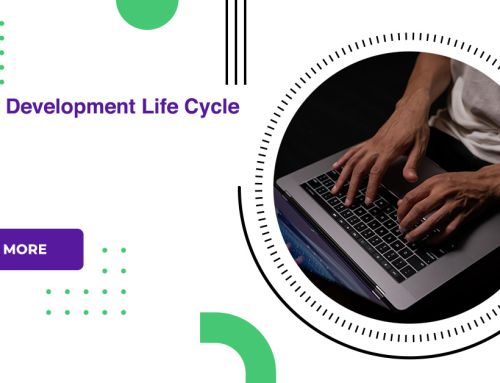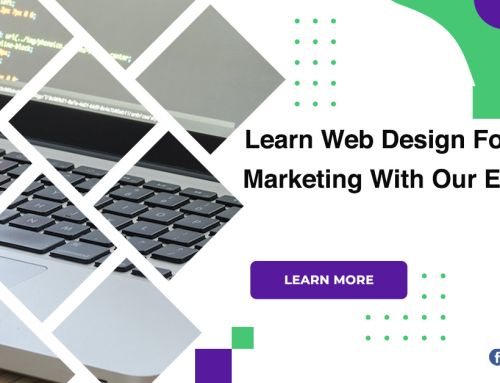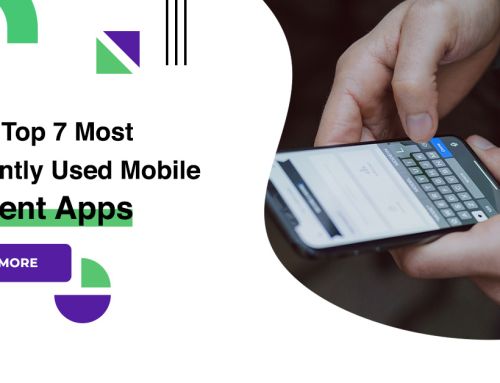The Superior Guide For B2B Website UX/UI Design Trends
For various B2B businesses, websites are an effective digital marketing tool for building close relationships with customers and increasing brand awareness. B2B website design with appropriate UX/UI design trends can increase lead generation and support potential customers at every stage of the buying process.
B2B website UX/UI design trends
Make a good first impression
An organized and coherent website inspires confidence and demonstrates competence. User interface designers should keep in mind the concept of less is more cluttered design and poor information architecture will only lead to confusion. In the design process, this concept helps prioritize user interface elements and accordingly reduce the number of unnecessary elements on each page design.
User interface design
Any UI user or web designer should remember that B2B website design is not about lifestyle branding, but must convey professional expertise and competence. Carefully consider whether trendy design patterns and visual styles support a message of stability and reliability especially as many design trends come and go.
Subtle hints
Even when users think the site has what they want, scrolling takes effort, and they usually only do so when they see the right visual cues. The way critical elements are placed on a web page can determine whether people scroll or not.
Loading time
To prevent this, remove unnecessary elements and media that negatively affect page speed. Broken or unstable elements that take too long to load reduce the user and potential customer’s impression of your organization. Optimize file sizes and minimize load times, especially when designing for a business audience.
Tone of voice
Avoid excessive marketing talk and meaningless sales pitches. Business customers prefer a direct tone that describes the company’s business without exaggeration.
Content
Write and present content in a way that optimizes scanning, such as using elements such as headings, subheadings, large font, bold text, highlighted text, bulleted lists, graphics, and captions.
Navigation
Users prefer consistent navigation structures, especially in time-constrained business situations. Consistent navigation helps users visualize their current location in the site’s structure and identify alternative options, making it easier to find information and track where they are.
Conclusion
Whether you use all of these techniques or just some, remember that you are creating B2B web design for your target audience. If you don’t know the specific problems and needs of your target group, you should conduct user research first, otherwise you will completely misjudge your prospects and create the wrong impression.









